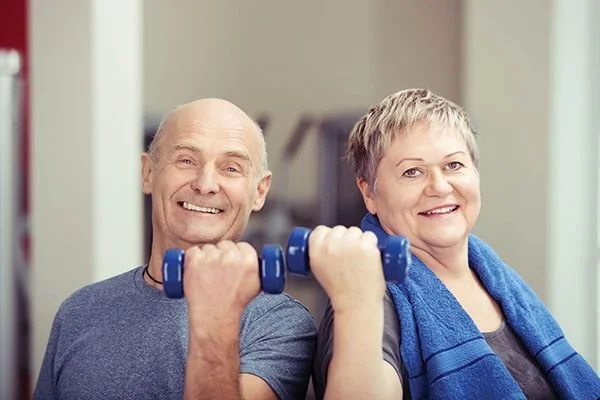How Exercise Changes the Tumor – And Why That Matters for Cancer Survivors
When we think of exercise, we often imagine the benefits: better mood, more energy, stronger muscles. But what if we told you that exercise can actually change a tumor from the inside out?
Researchers Pedersen, Christensen, and Hojman at the University of Copenhagen have shown in animal studies that exercise doesn’t just make us healthier — it can alter the tumor’s own physiology in ways that make it less dangerous.
Let’s break that down.
🧠 The Big Idea: Exercise Reshapes the Tumor Environment
This study looked at how regular aerobic exercise affects tumor growth. What they found was stunning: across multiple types of cancer models (breast, colon, prostate, etc.), exercise reduced how many tumors appeared, how big they got, and how fast they grew.
And it wasn’t just general fitness. Exercise impacted the internal wiring of tumors in four key ways:
🔬 1. Better Blood Flow (aka, Less Tumor Hypoxia)
Tumors are often “badly built” – with twisted blood vessels that can’t deliver enough oxygen. This low-oxygen state (called hypoxia) makes tumors harder to treat and more aggressive.
Exercise helps normalize this blood supply. Think of it like unclogging a pipe — more oxygen, better drug delivery, and less stress on the surrounding tissue.
🛡️ 2. A Stronger Immune Response
Exercise boosts your immune system, increasing the number and activity of natural killer (NK) cells — a type of white blood cell that targets and destroys cancer cells.
In mouse models, exercise increased both the number and killing power of these immune cells within the tumor.
🔥 3. Tumor Metabolism Shifts
Most tumors rely on a sugar-burning process called aerobic glycolysis to grow quickly. Exercise can flip this script.
It activates a cellular switch called AMPK, which pushes cells to rely more on oxygen-based energy (oxidative phosphorylation). This not only slows growth but may make cancer cells more vulnerable to treatment.
💪 4. Muscle-to-Tumor Crosstalk (Yes, Really)
Active muscles release myokines, hormone-like signals that travel through your blood and can directly influence tumor cells — slowing growth, reducing inflammation, and possibly even helping with drug delivery.
This is one reason why whole-body exercise matters — your muscles aren’t just moving you, they’re messaging your biology.
💡 Takeaway for Survivors
This research confirms what we’ve seen in real life: cancer survivors who exercise regularly often feel better, recover faster, and stay healthier longer.
But now we know it’s more than that — exercise may actually change the tumor environment in ways that make cancer easier to treat and harder to grow.
✅ Your Action Plan
Start small. Even walking 30 minutes a day, 3–5 times per week can help.
Choose aerobic activities you enjoy — walking, biking, swimming, hiking.
Work with an exercise specialist trained in oncology rehab. The intensity and timing matter.
Stay consistent. The benefits build over time — just like treatment.
🧬 Summary
Exercise isn’t just good for you. It’s hostile to cancer. By improving blood flow, immune defense, metabolism, and chemical messaging, exercise creates a tumor environment that is less able to grow — and more responsive to treatment.
This is why at The Oncologic Athlete, we believe that movement is medicine. And it’s never too late to start.
The Oncologic Athlete
Science-Informed. Athlete-Minded. Stronger Than Cancer.

